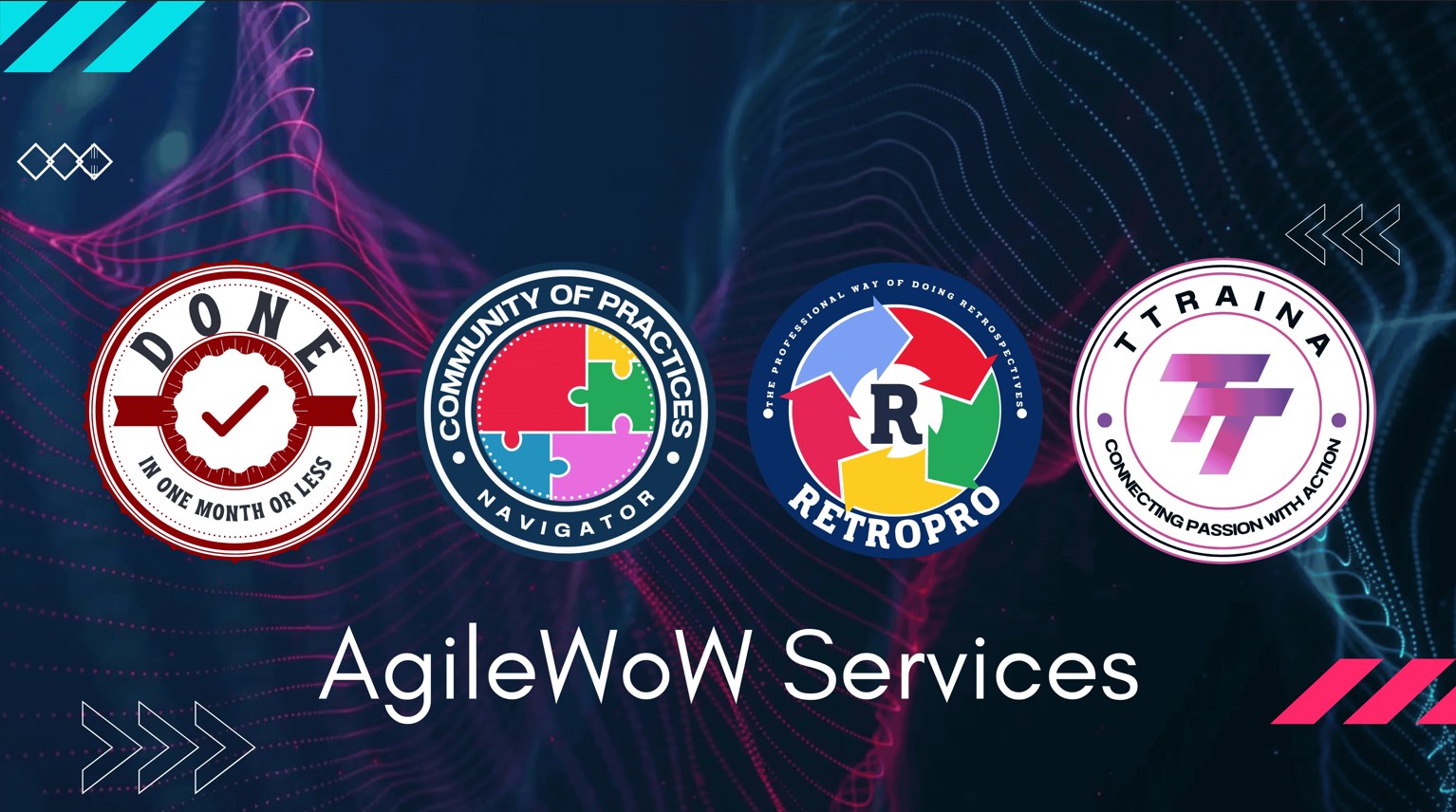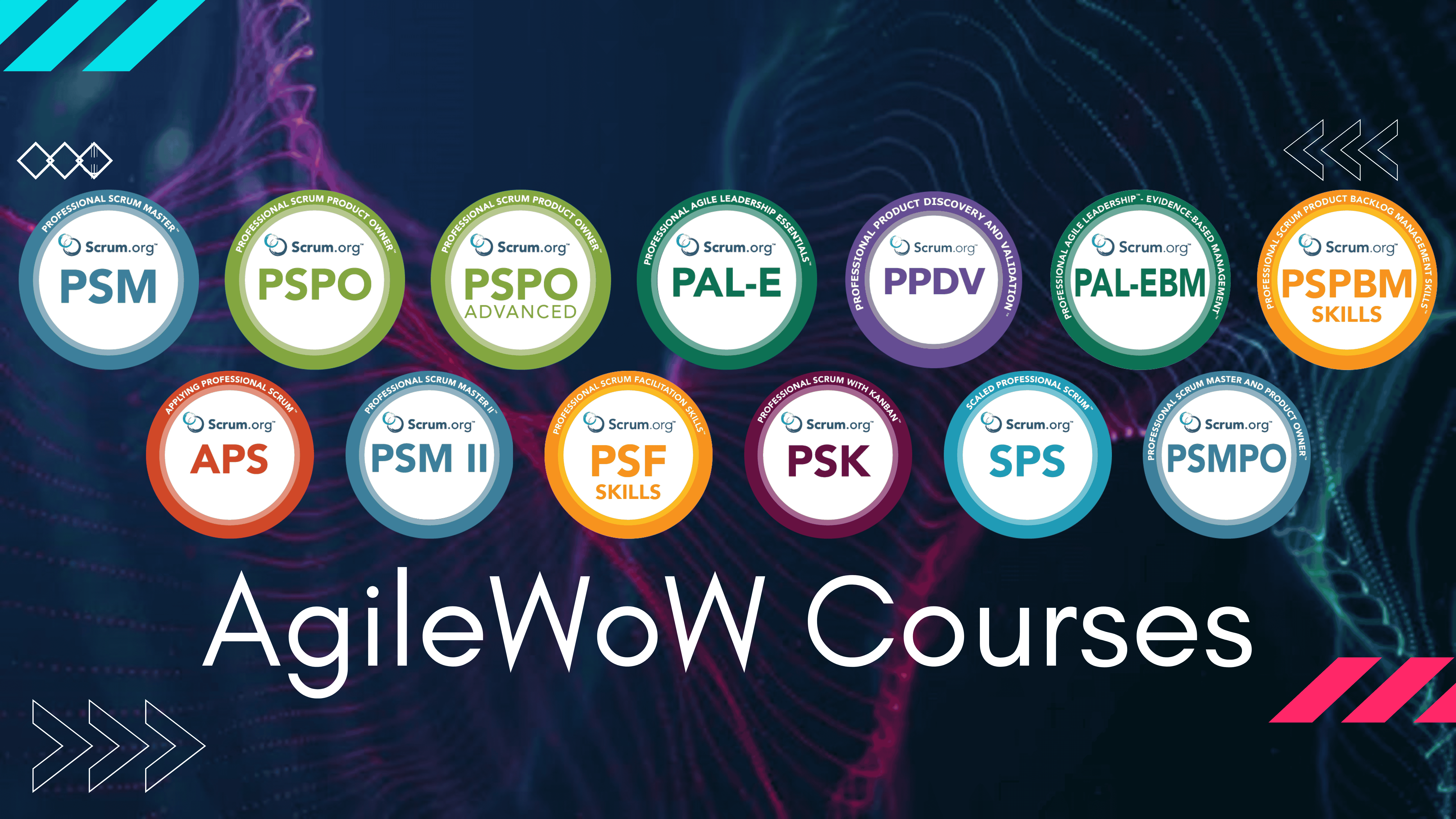The Double Diamond by UK Design Council: A Comprehensive Guide to Design Thinking
In the world of design, innovation, and problem-solving, a structured approach can make all the difference. The Double Diamond design process model, introduced by the UK Design Council in 2005, is a widely recognized framework that provides a clear and comprehensive roadmap for navigating complex challenges and delivering impactful solutions.
What is the Double Diamond?
The Double Diamond is a visual representation of a design process that emphasizes diverging and converging thinking at different stages. It consists of four distinct phases, grouped into two diamonds, representing periods of exploration and focus.
- First Diamond (Problem Space): Focuses on understanding and defining the problem.
- Second Diamond (Solution Space): Concentrates on developing and delivering solutions.
Phase 1: Discover (Diverging)
This initial phase is about thoroughly exploring the problem. It's a period of divergent thinking where designers broaden their understanding of the issue at hand, gather insights, and look at the problem from various angles. The goal is to avoid premature assumptions and truly grasp the user's context and needs.
Activities include:
- User research (interviews, surveys, observations)
- Market research and competitive analysis
- Brainstorming and ideation sessions
- Data collection and analysis
Example: If designing a new mobile app for productivity, this phase would involve understanding how users currently manage tasks, their frustrations, and what tools they use.
Phase 2: Define (Converging)
After the expansive "Discover" phase, "Define" is where convergent thinking takes over. The insights gathered are synthesized, analyzed, and distilled to clearly articulate the core problem. This phase focuses on narrowing down the scope and defining the challenge in a concise and actionable way.
Activities include:
- Synthesizing research findings
- Identifying key user needs and pain points
- Formulating problem statements and "How Might We" questions
- Creating user personas and journey maps
Example: Based on the productivity app research, the problem might be defined as: "Users struggle to prioritize tasks effectively, leading to missed deadlines and increased stress."
Phase 3: Develop (Diverging)
With a well-defined problem, the "Develop" phase initiates the second diamond, moving into the solution space. This is another period of divergent thinking, where teams generate a wide range of potential solutions and ideas without immediate judgment. Quantity over quality is often encouraged here to foster creativity.
Activities include:
- Brainstorming solution concepts
- Sketching and rapid prototyping
- User story mapping and feature prioritization
- Experimentation with different approaches
Example: For the productivity app, this could involve brainstorming features like AI-powered prioritization, gamified task completion, or integration with calendars.
Phase 4: Deliver (Converging)
The final phase, "Deliver," involves convergent thinking to refine, test, and implement the chosen solution. This is where ideas are brought to life, iteratively improved based on feedback, and prepared for launch. The focus is on producing a tangible and effective solution that addresses the defined problem.
Activities include:
- Prototyping and user testing
- Iterative design and development
- Implementation and deployment
- Monitoring and gathering post-launch feedback
Example: Building a minimum viable product (MVP) of the productivity app, conducting user tests, gathering feedback, and iteratively improving it before a wider release.
The Power of Divergence and Convergence
The brilliance of the Double Diamond lies in its emphasis on balancing divergent and convergent thinking. Divergent phases ("Discover" and "Develop") encourage broad exploration and idea generation, ensuring no stone is left unturned. Convergent phases ("Define" and "Deliver") facilitate focus, decision-making, and the refinement of ideas into actionable solutions.
How AI Can Enhance the Double Diamond Process
Artificial intelligence tools can significantly augment each phase of the Double Diamond, making the process more efficient, insightful, and data-driven:
AI in Discover Phase:
- Sentiment Analysis & Trend Prediction:
Tools: MonkeyLearn, Google Cloud Natural Language API
Use Case: Analyze vast amounts of customer feedback, social media data, and market trends to identify emerging needs and unspoken pain points.
- Automated Research & Synthesis:
Tools: OpenAI GPT-4o, Aylien Text Analysis
Use Case: Quickly summarize research papers, articles, and interview transcripts to accelerate insight gathering.
AI in Define Phase:
- Pattern Recognition & Clustering:
Tools: Tableau (with AI capabilities), IBM Watson Studio
Use Case: Identify recurring themes and group similar user needs from large qualitative datasets, helping to define precise problem statements.
- Persona Generation & Journey Mapping:
Tools: UXPressia (AI features), Miro AI
Use Case: Automate the creation of data-driven user personas and comprehensive journey maps based on collected user data.
AI in Develop Phase:
- Generative AI for Ideation:
Tools: Google Gemini, DALL-E 3
Use Case: Generate diverse solution concepts, visual mock-ups, or even code snippets based on defined problem statements, accelerating brainstorming.
- Rapid Prototyping & Wireframing:
Use Case: Quickly translate textual descriptions into interactive prototypes, allowing for faster validation of design ideas.
AI in Deliver Phase:
- Automated User Testing & Feedback Analysis:
Tools: Userbrain (AI insights), UserTesting (with AI)
Use Case: Conduct large-scale user tests and use AI to analyze sentiment, identify usability issues, and prioritize improvements.
- Performance Monitoring & Optimization:
Tools: Google Analytics 4, Hotjar (AI insights)
Use Case: Continuously monitor product performance, identify areas for optimization, and predict user behavior to refine the solution post-launch.
Master Design Thinking with AgileWoW
The Double Diamond provides a robust framework for structured problem-solving and innovation. By understanding and applying its principles, along with the strategic integration of AI tools, individuals and organizations can significantly enhance their design capabilities and deliver truly user-centric products and services.
Ready to elevate your design thinking and product development skills?
👉 Explore AgileWoW’s Professional Product Discovery & Validation (PPDV) Course and embark on a journey to impactful design!





